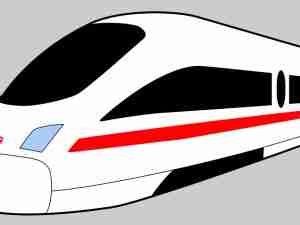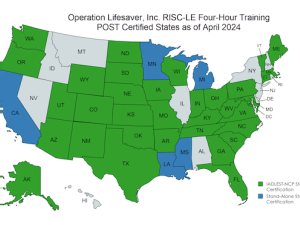Under the terms of the settlements, CN will pay a total of $1.8 million to resolve the charges. Most of that - some $1.65 million - will be directed to various environmental and emergency response programs in Alberta and British Columbia. These programs, designated by the provincial and federal governments with CN's input, will support the prevention and remediation of future environmental incidents, both rail and non-rail related.
In addition, CN will continue to work with provincial and federal authorities to further enhance its emergency response plans and to partner with those authorities in environmental sensitivity mapping of bodies of water along its rail lines in BC and Alberta.
"These settlements are focused on the future and on what's best for the environment," said CN president and chief executive officer Hunter Harrison.
"CN will continue to strengthen Emergency Response procedures, while maintaining its commitment to do everything in its power to prevent accidents from occurring."
Immediately following both derailments, CN launched a number of measures to remediate the damage that occurred.
At Wabamun, CN hired international experts to guide its remediation programs that were carried out by hundreds of workers over the course of many months. CN retained independent experts to assist affected residents to resolve spill-related issues. It established depots of containment boom and wildlife recovery supplies in Alberta and BC, for use in any incident that requires such material. CN achieved fair and reasonable out-of-court financial settlements with parties affected by the derailment and spill, including Lake Wabamun residents and the Paul Band First Nation.
In total, CN and its insurers spent in excess of $132 million to remediate the effects of the Wabamun derailment and spill, and to compensate affected stakeholders.
Today, ongoing testing and monitoring show no traces of oil remain in the water column. Minimal solid tarball presence on the lake floor poses no risk to humans, fish, wildlife or habitat. Nevertheless, testing and monitoring programs remain in place as part of CN's ongoing commitment to the people of Wabamun and Alberta.
Regarding the Aug. 5, 2005 incident near Squamish BC, all parties have agreed that CN reported the spill to the Provincial Emergency Program immediately following the derailment and spill of sodium hydroxide into the Cheakamus River, and responded promptly and appropriately to the release of the product. Within 24 hours, the river had returned to natural conditions, and the river was re-opened to the public within 48 hours. There were no effects on downstream potable water wells.
CN's remediation efforts focused on rebuilding the affected fish populations.
In Aug. 2005, CN along with the District of Squamish, Fisheries and Oceans Canada, the British Columbia Ministry of Environment and the Squamish First Nation formed the Cheakamus Ecosystem Restoration Technical Committee (CERTC). The objective of CERTC is to rehabilitate and restore the Cheakamus River as quickly as possible.
In support of this goal, CN has spent approximately $5.3 million in funding CERTC, the Pacific Salmon Foundation and supporting a District of Squamish marketing initiative to promote the region as the outdoor recreation capital of Canada.
CN's funding continues and it remains involved in efforts to rehabilitate and restore the impacted fish and habitat of the Cheakamus River, including working with environmental consultants and experts on fish recovery and habitat enhancement.
Recovery efforts are progressing and the Cheakamus River is responding well. For example, several recovery strategies, including fish culture and habitat enhancements have been implemented; and these strategies are expected to accelerate the recovery of the Cheakamus River ecosystem to a pre-spill s







